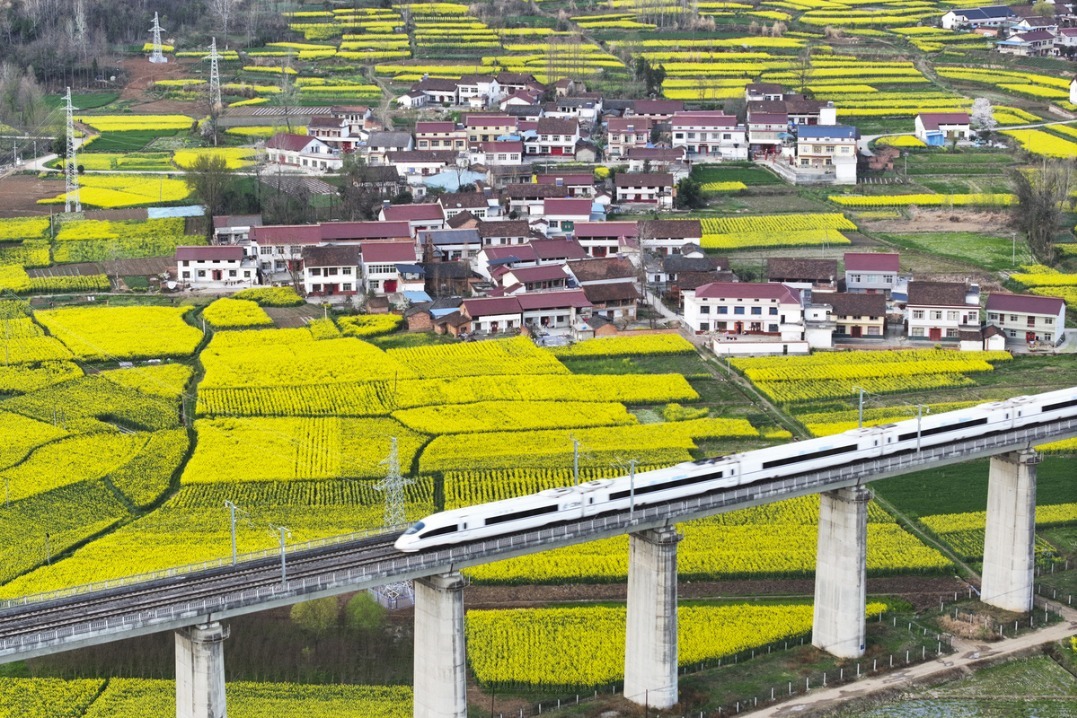生态移民(shēngtài yímín): Ecological migration
China Daily | Updated: 2019-02-11 08:16
Ecological migration refers to people who migrate to other areas from regions that are ecologically vulnerable or suffering from serious environmental degradation.
In 2005, China began implementing the first phase of the ecological protection plan for Sanjiangyuan-the source of the Yangtze, Yellow and Lancang rivers in Qinghai province-which is home to the country's largest wetlands ecosystem.
On Aug 22, 2016, President Xi Jinping, in a visit to Changjiangyuan village, which was established by Tibetan families that had migrated from Sanjiangyuan in pursuit of better lives, stressed that ecological migration was essential for the protection of
Sanjiangyuan, and it should be properly organized and implemented.
The annual per capita income in Changjiangyuan village was 22,828 yuan ($3,385) in 2017. All the school-age children in the village have been admitted to nearby schools, and the school graduation rate reached 100 percent for years.
And thanks to the three-river-source protection and construction first-stage project, in the past more than one decade, grass amount in three-river-source region has increased 30 percent. And water resource quantity there has increased 8 billion cubic meters, which is 560 times the amount of the West Lake in Hangzhou, Zhejiang province.
























